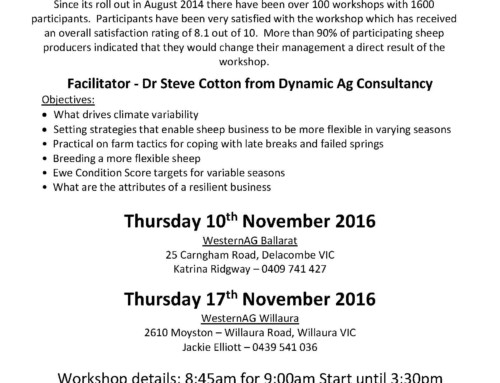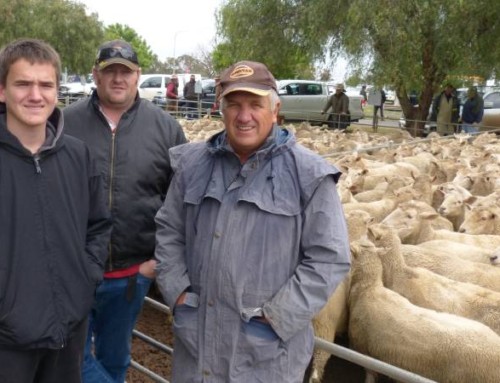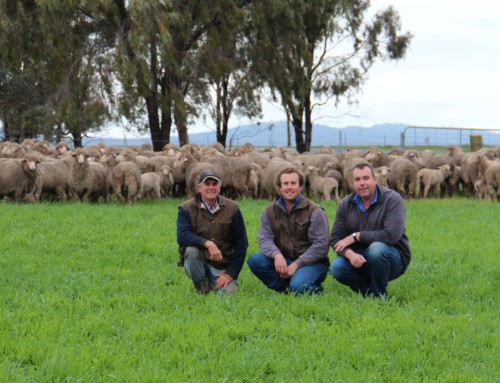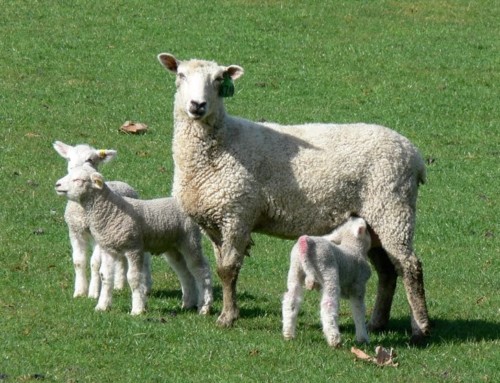Blowfly strike in sheep is a major welfare concern and cost to sheep producers across Australia. The word on the street (or should I say track?) is that 2016 will be a bad year for blowfly strike. Most people have taken preventative action, purchasing their spray-on of choice, accelerated by rumors of short supply, high demand, and a fly season that a veteran sales rep of 20 years has not seen, let alone a farmer of 30 years! Coupled with peoples crystal ball predictions, the current seasonal conditions have heightened the predisposition of sheep to blowfly strike; wet wool, bacterial infections, dag, urine stain and foot abscess. SO what will you do to prevent or treat blowfly strike?
Lucilia cuprina is the main culprit behind 90% of sheep flystrikes in Australia. The success of a strike is directly proportional to the occurrence of susceptible sheep rather than the density of blowflies in the area. Susceptible sheep only have to have wet wool for successful strikes. The soil temperature must hit at least 15oC for fly larvae that are overwintered in the ground to hatch and emerge. Female flies require a protein meal before mating and laying their eggs. L.cuprina flies can lay between 200-300 eggs every 4-7 days and eggs usually take between 12 and 24hrs to hatch. The maggots feed on the sheep in areas of already initiated strikes, fleece rot, wounds or dags before dropping off the sheep after 3-5 days and into the ground where they pupate, and the cycle begins again.
The standard approach for many commercial wool growers has been to protect sheep during high risk periods using chemicals. A longer term alternative to chemical control is through breeding and management.
If flystrike is a re-occurring problem in your area, it is possible to select rams with ASBVs for breech and body wrinkle, dag, worm egg count and breech cover. The heritability of body and breech wrinkle is high at 0.35 and there is a large degree of genetic variation so that it is possible to select for low wrinkle whilst still improving yearling clean fleece weight and reducing the predisposition of becoming fly struck. As dag score increases, so to does the risk of breech strike. A sheep with a dag score of 4 is seven times more likely to be struck compared to a score 1 animal.
Performing a worm egg count is a simply and inexpensive way of determining whether sheep require drenching. A drench may help to reduce dag accumulation in the short term; however consideration should be given to selecting rams with negative ASBVs for WEC and low dag scores.
To see my FULL article on flystrike chemical options, CLICK HERE









